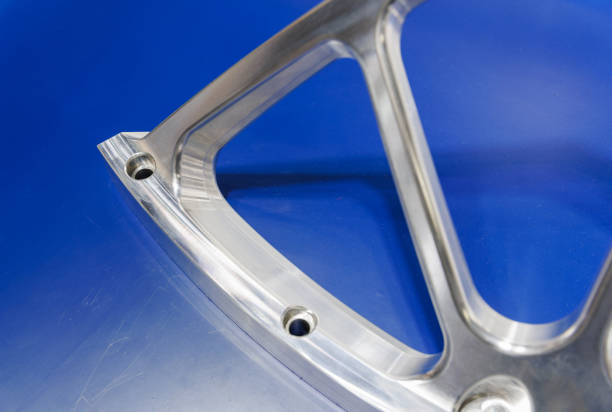In the competitive landscape of manufacturing, maintaining high-quality standards is crucial for success. ISO 9001:2008, an internationally recognized quality management standard, plays a vital role in ensuring manufacturing excellence. This article explores the key principles of ISO 9001:2008, its benefits, and how it contributes to robust quality assurance practices in manufacturing.
Understanding ISO 9001:2008
ISO 9001:2008 is part of the ISO 9000 family of standards, which focuses on quality management systems (QMS). This specific standard provides a framework for organizations to consistently meet customer and regulatory requirements, and to enhance customer satisfaction through effective quality management.
Key Principles of ISO 9001:2008
- Customer Focus: Understanding and meeting customer needs is at the core of ISO 9001:2008. Organizations are required to identify customer requirements and strive to exceed their expectations.
- Leadership: Effective leadership is crucial for establishing a unified direction and fostering an environment where quality objectives can be achieved. Leaders are responsible for creating and maintaining the quality management system.
- Involvement of People: Engaging employees at all levels is essential for achieving quality objectives. ISO 9001:2008 emphasizes the importance of involving staff in quality initiatives and recognizing their contributions.
- Process Approach: A systematic approach to managing processes ensures consistency and efficiency. ISO 9001:2008 encourages organizations to define, manage, and optimize their processes to improve overall performance.
- Continuous Improvement: Ongoing improvement is a fundamental principle of ISO 9001:2008. Organizations are encouraged to continuously evaluate and enhance their quality management system to boost performance and adaptability.
- Factual Decision Making: Decisions should be based on the analysis of data and information. ISO 9001:2008 promotes the use of reliable data to make informed decisions that drive quality improvements.
- Mutually Beneficial Supplier Relationships: Building strong relationships with suppliers ensures a reliable supply chain and improves the quality of inputs, which in turn enhances the quality of final products.
Benefits of ISO 9001:2008 in Manufacturing
- Enhanced Product Quality: Adhering to ISO 9001:2008 standards helps manufacturers consistently produce high-quality products that meet customer expectations and regulatory requirements.
- Increased Efficiency: The process approach and continuous improvement principles lead to more efficient operations, reducing waste and optimizing resource use.
- Improved Customer Satisfaction: By focusing on customer needs and enhancing product quality, manufacturers can achieve higher levels of customer satisfaction and loyalty.
- Risk Management: ISO 9001:2008 encourages a proactive approach to identifying and mitigating risks, leading to more stable and reliable manufacturing processes.
- Competitive Advantage: Certification to ISO 9001:2008 demonstrates a commitment to quality, which can enhance a manufacturer’s reputation and provide a competitive edge in the market.
Implementing ISO 9001:2008 in Manufacturing
Implementing ISO 9001:2008 involves several key steps:
- Gap Analysis: Assess the current quality management system against ISO 9001:2008 requirements to identify gaps and areas for improvement.
- Training and Awareness: Educate employees about ISO 9001:2008 principles and the importance of their role in the quality management system.
- Documentation: Develop and maintain documentation, including quality manuals, procedures, and records, to support the implementation of the QMS.
- Process Management: Define and manage processes to ensure they are efficient and aligned with quality objectives.
- Internal Audits: Conduct regular internal audits to evaluate the effectiveness of the QMS and identify opportunities for improvement.
- Continuous Improvement: Implement a continuous improvement cycle to regularly assess and enhance the quality management system.
Conclusion
ISO 9001:2008 plays a critical role in ensuring manufacturing excellence by providing a robust framework for quality management. By adhering to its principles, manufacturers can achieve higher product quality, increased efficiency, improved customer satisfaction, and a competitive advantage. Embracing ISO 9001:2008 standards is a strategic decision that fosters a culture of continuous improvement and operational excellence.








